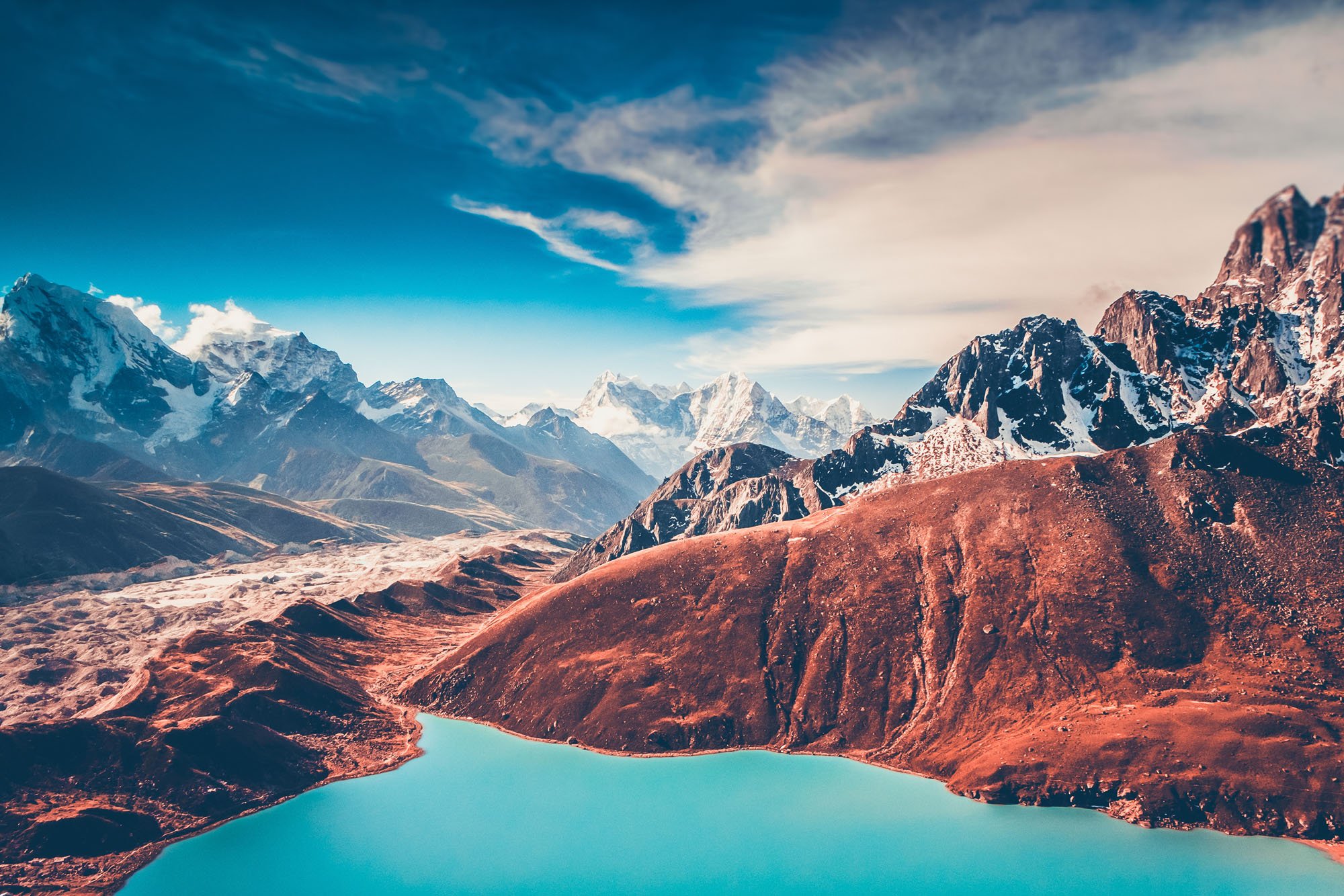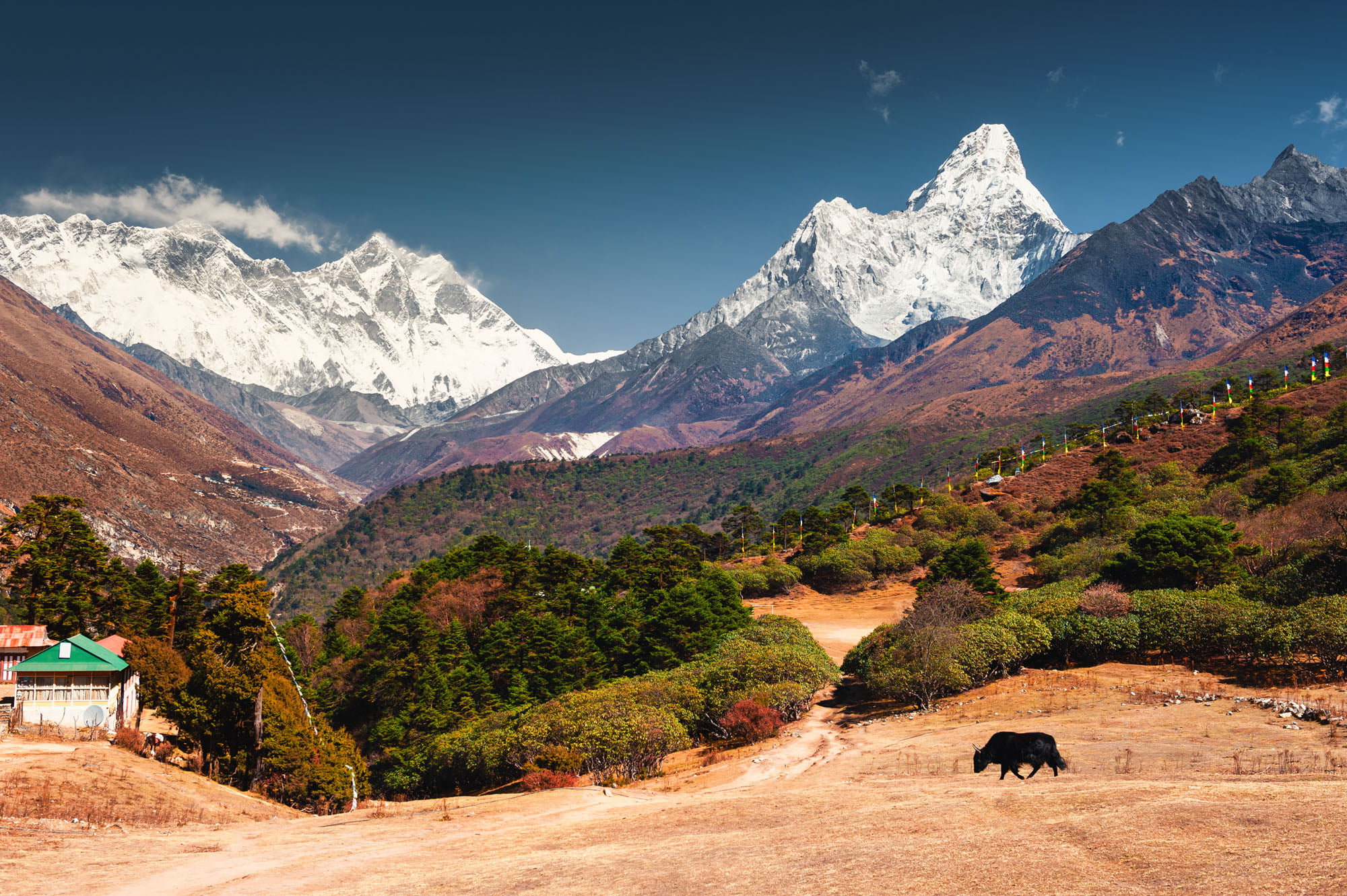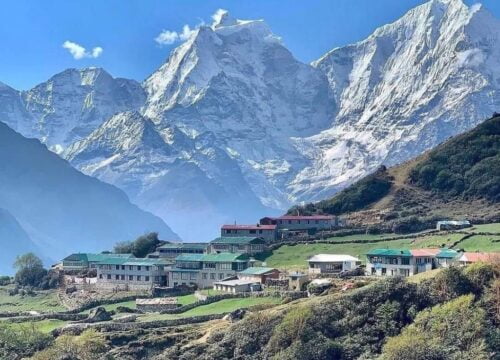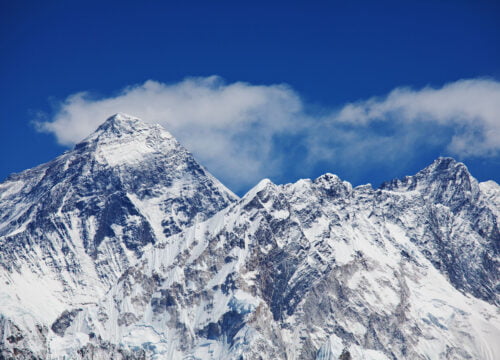
Everest Region
The Everest Region stands as a living museum of mountaineering history and cultural heritage. This breathtaking landscape has witnessed some of humanity's most extraordinary adventures since explorers first set their sights on Mount Everest (8,848m) in the early 20th century.
The region's modern history began in 1921 when British expeditions first mapped possible routes to Everest's summit. The legendary 1924 expedition saw George Mallory and Andrew Irvine disappear near the top, sparking debates that continue today about whether they might have been first to conquer Everest. Their story became mountaineering's greatest mystery until Mallory's body was discovered in 1999, though the camera that could prove their success remains lost.
Everything changed on May 29, 1953, when Sir Edmund Hillary and Sherpa Tenzing Norgay made their historic ascent via the South Col route. Their triumph, announced on Queen Elizabeth II's coronation day, marked a defining moment in exploration history. The same route now serves thousands of modern climbers, though none will ever match the pioneering achievement of those first footsteps in the snow.
The 1960 Chinese expedition claimed the first summit from Tibet's north side, though questions about their success persist. In 1975, Japanese climber Junko Tabei shattered gender barriers as the first woman to stand atop Everest. The 1996 disaster, immortalized in Jon Krakauer's Into Thin Air, revealed the mountain's deadly nature when eight climbers perished in a single storm.
Beyond mountaineering feats, the region preserves centuries-old Sherpa culture. Ancient trade routes through Nangpa La pass (5,716m) connected Tibet and Nepal long before Westerners arrived. Buddhist monasteries like Tengboche, founded in 1916, maintain spiritual traditions despite modern changes. The Sagarmatha National Park, established in 1976, protects both natural wonders and cultural heritage as a UNESCO World Heritage Site.
Today, the Everest Region faces new challenges. Overcrowding creates dangerous bottlenecks, with 2019's "traffic jam" photos shocking the world. Climate change melts glaciers at alarming rates, exposing long-lost artifacts and altering landscapes. Yet cleanup efforts and sustainable tourism initiatives work to preserve this extraordinary place where history continues to unfold with each climbing season.
From Mallory's vanished ice axe to the prayer flags fluttering over Namche Bazaar, every stone and snowfield here tells a story. The Everest Region remains not just the roof of the world, but a living chronicle of human ambition, cultural endurance, and nature's overwhelming power.
Explore Tour







